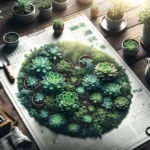Introduction to Crassula Wonders
Explore the diverse world of Crassula plants, including the popular Jade Plant, and discover what makes them such treasured additions to any succulent collection. These versatile plants have found their way into the hearts of garden enthusiasts and indoor plant lovers alike, owing to their remarkable resilience and prettily poised arrangements. Let’s embark on a journey through the fascinating variety of Crassulas and their intriguing characteristics.
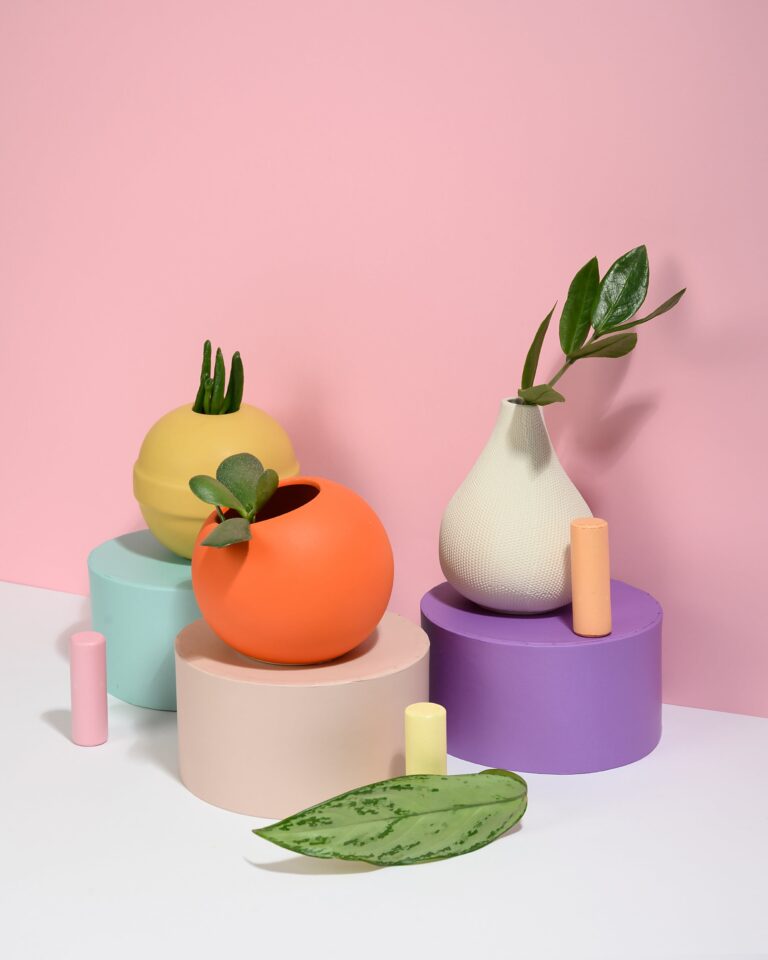
Crassula species come in a myriad of shapes, sizes, and colors, perfect for complementing any setting. Whether it’s the plush leaves of a Jade Plant or the compact, stacked layers seen in the delightfully named ‘Pagoda’, there’s a Crassula out there for every level of plant enthusiast. Ingeniously adapted to thrive in less-than-forgiving conditions, they make an excellent choice for those seeking beauty without the high maintenance.
From the comfort of your living room to the expanse of a sun-drenched rockery, Crassulas can brighten up any corner. One moment, you’re in awe of the ‘Campfire’ variety, with leaves ablaze in fiery reds and yellows, and the next, you’re charmed by the understated elegance of ‘Silver Dollar’, whose silvery foliage whispers tales of moonlit gardens. It’s a botanical gallery where every specimen is a masterpiece.
Imagine walking into a room where the soft glow of sunlight kisses the edges of your Crassula collection, each one bathed in a halo of light. This is the magic cast by these succulents; they’re not just plants but natural sculptures, each with its own distinct and alluring presence. To enhance your understanding of these unique species, peruse our guide on cultivating Crassula ‘Morgan’s Beauty’, a true gem among succulents.
Crassula Varieties You Can’t Miss
Are you ready to enhance your garden with succulent jewels? Among the diverse world of succulents, Crassula shines with a collection of species that promises to captivate and enrich any garden. Let’s embark on a journey to discover the most talked-about and fascinating Crassula varieties that will transform your green space!
The stalwart of the group is undoubtedly the Crassula ovata, commonly known as the jade plant. This resilient variety is a testament to the timeless beauty and simplicity synonymous with Crassula species. Imagine its woody stems and luscious, oval-shaped leaves forming a magnificent green backdrop in your living room. It’s a living sculpture that thrives with minimal fuss, making it perfect for both gardening novices and seasoned plant lovers.
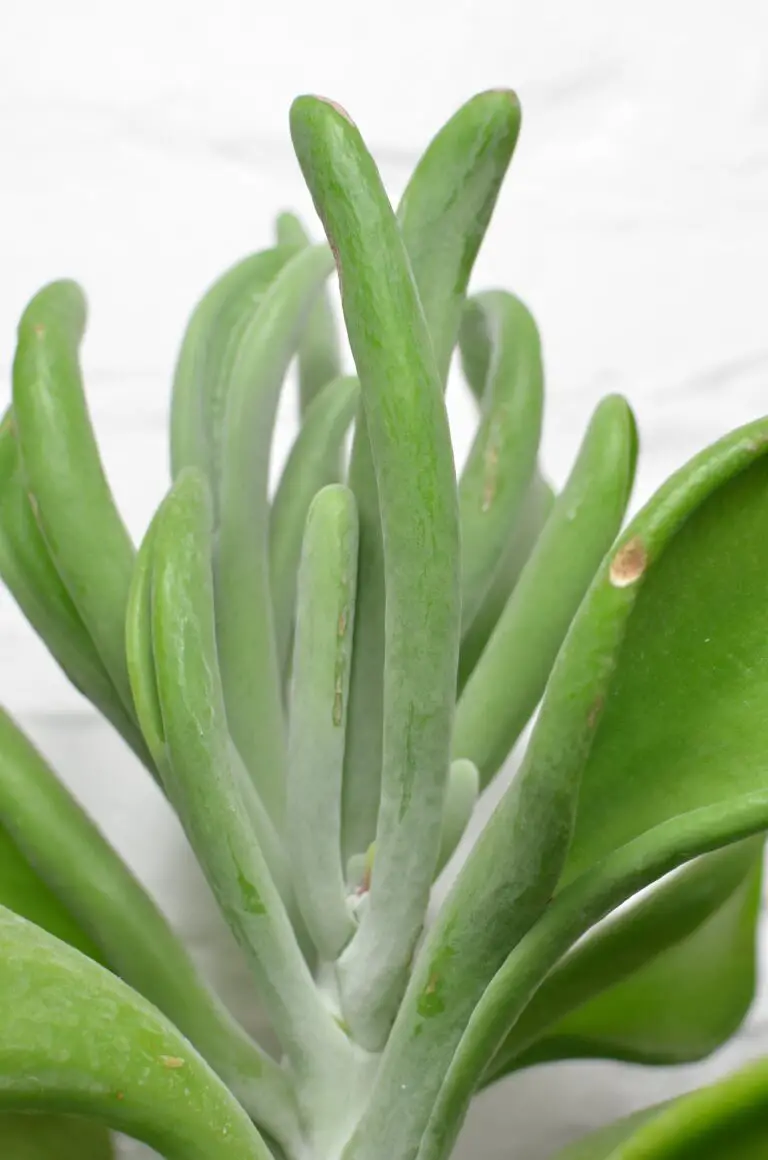
For those looking for a twist on the traditional, the Crassula ‘Buddha’s Temple’ is a conversation starter. This variety, with its meticulously stacked leaves, mirrors the intricate architecture of a miniature temple. It boasts a columnar structure that brings a unique and structured elegance to any collection. Imagine this captivating variety as the centerpiece of your succulent display, inviting intrigued glances and curious questions from visitors.
It’s essential to keep these plants in tip-top shape, so for guidance on proper Crassula plant care, ensure you follow expert advice. Abundant light, well-drained soil, and controlled watering are the secret ingredients to a thriving Crassula haven.
When seeking to expand your succulent palette, consider integrating varieties like the Crassula ‘Gollum’ or Crassula capitella. Each variant adds a new texture, shape, and hue to the tapestry of your garden. To peek into the diverse appeal of these plants, explore our in-depth look at various succulent types, where you can uncover the secrets of their unique beauty.
With Crassula varieties as your gardening companions, you’re sure to unbox a treasure trove of plant life that’s both fascinating and delightfully easy to maintain. Remember, every plant adds a new chapter to your gardening story, and each Crassula is a character awaiting its role in your verdant narrative.
Caring for Your Crassula Collection
Crassulas are the gemstones of the plant world, shining brightly with their diverse forms and easy-going nature. If you’ve just added a few to your indoor jungle or you’re a seasoned succulent collector, knowing how to care for these beauties is key to a thriving display. So, let’s dive into the quintessential care guide that will turn your crassula varieties into the crown jewels of your garden!
Firstly, lighting is like the lifeblood for crassulas. These sun-loving succulents are happiest in a spot where they can soak up plenty of bright, indirect sunlight. Imagine a windowsill that catches the early morning rays or a balcony that’s shaded from the harsh afternoon sun. Remember, too much direct light can cause sunburn, and we certainly don’t want any crispy leaves on our precious plants!
When it comes to watering, think of it as a balancing act. Overwatering is a big no-no; it’s like giving them an umbrella in a desert—they just won’t know what to do with it! Instead, water your crassulas deeply but only when the soil feels dry. If you’re unsure, stick your finger an inch into the soil. No moisture? Go ahead and quench their thirst! Practical tip: Keep a weekly check during the growing season and reduce watering in the cooler months.
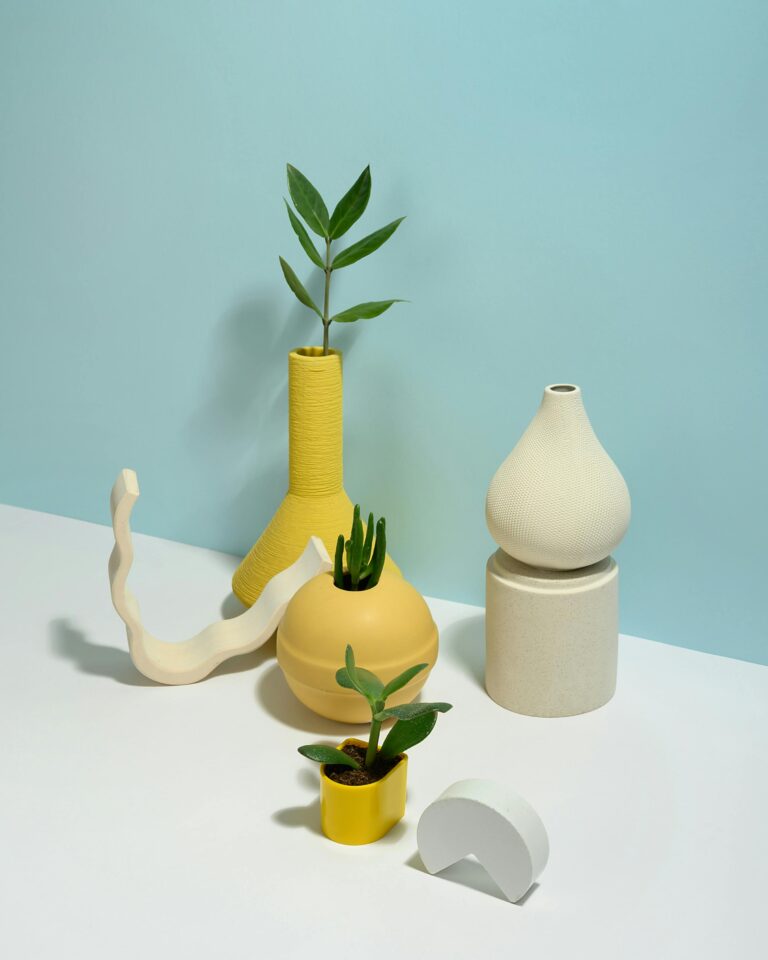
The right soil is equally important because—let’s face it—no one likes wet feet for too long, plants included. A well-draining succulent mix is your golden ticket. This ensures any excess water can make a swift exit. If you’re mixing your own, consider a combo of potting soil, coarse sand, and perlite. For a deeper exploration into the world of succulent soil, check out our detailed guide.
Finally, don’t forget that every crassula has its own personality. Some might sprawl like a lazy cat in the sun, while others stand tall like a soldier on duty. Understanding the unique preferences of your crassula variety will ensure your succulent-sidekicks will be with you for the long haul, ready to brighten up your space and your spirit!
Crassula in Indoor and Outdoor Settings
Envision your home or garden as the backdrop for a stunning array of Crassula succulents, each a masterpiece of nature’s design. These versatile plants offer a symphony of textures, shapes, and shades, making them a captivating choice for any green space.
When considering Crassula for your home, think cozy corners and radiant windowsills—spaces where this gem can bask in the glow of indirect sunlight. In the controlled environment of your abode, Crassula thrives with minimal fuss. These succulents are your silent partners, content with occasional sips of water and the steady warmth of indoor life.
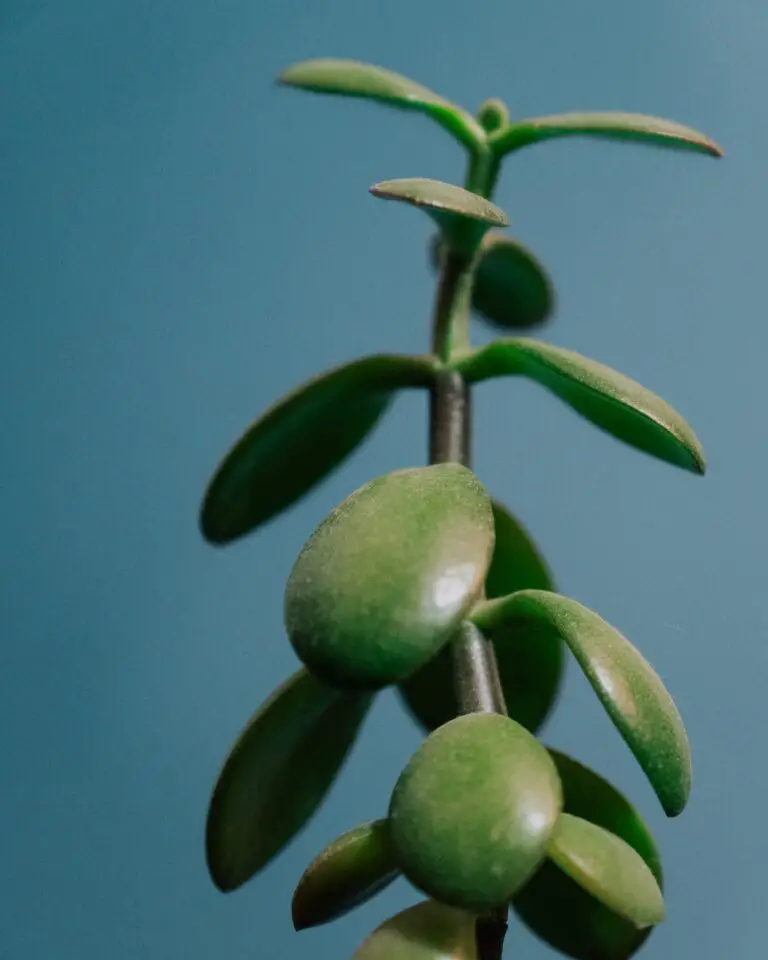
Moving outdoors, picture Crassula as the anchor in your garden tableau. These hardy plants mesh seamlessly with the unpredictable symphony of outdoor elements. Whether it’s a sun-drenched patio or a sheltered nook by your garden path, Crassula stands resilient. The key to their al fresco success is a balance between sun worship and shade retreat, ensuring these succulents captivate without capitulating to the elements.
Consider the tale of a gardener who, with a dash of ingenuity, turned a sparse urban balcony into a Crassula sanctuary. Using an array of pots and strategic positioning, she created a lush escape from the concrete jungle. Similarly, another enthusiast transformed a wind-swept rooftop into a Crassula haven, showing that with a little creativity, any space can become a succulent paradise.
Whether nestled amongst your bookshelves or reigning in the garden, Crassula varieties demand attention, not through boisterous blooms, but through their quiet confidence and unique charm. Embrace these succulent treasures and let them redefine the beauty of your indoor and outdoor spaces.
Propagating Crassula Varieties
Imagine multiplying your Crassula collection and watching a single plant become a cornerstone of verdant life in your garden. Propagating Crassula varieties is a satisfying adventure that’s not only easy but also incredibly cost-effective. Let’s dive into the how-to’s, ensuring your green thumb gets greener by the day!
Starting with Cuttings
Crassula propagation can start with something as simple as a cutting. Select a healthy stem, snip it off, and let it callous for a few days. Once calloused, nestle it in well-draining soil. Water sparingly, and soon enough, you’ll witness the birth of new roots—a miraculous event signaling the entry of another Crassula warrior into your succulent army.
The Wonder of Leaf Propagation
Don’t overlook those fallen leaves! The magic of Crassulas is that even a single leaf has the potential to grow an entirely new plant. Place the detached leaf on soil, mist it lightly, and the waiting game begins. With patience, you’ll see tiny roots and a miniature plant emerging from the leaf’s base, ready to stand tall among its kin in your lush garden scape.
Here’s a visual guide to show you the process in action:
Remember, daylight is your ally, and indirect light will coax your cuttings and leaves to reach their full potential. Keep the soil evenly moist, but avoid waterlogging, as these succulent gems despise soggy feet. With these tricks under your belt, you’ll expand your garden’s Crassula population, transforming it into a showcase of diverse, robust succulents that demand attention and spark conversation.
What’s more cost-effective than creating an oasis of Crassula varieties with nothing more than a few leaves and cuttings? As you nurture these babies into mature, breathtaking specimens, you’ll have achieved gardening savvy that’s both environmentally and economically laudable. Now go forth, propagate, and let your Crassula collection be an endless cascade of succulent splendor!
Potting and Repotting Crassula Plants
When it comes to keeping your cherished Crassula varieties thriving, the secret lies in the soil beneath their roots. Imagine the joy of watching your compact jade plant or the ripple-leafed Crassula arborescens unfurl new growth as if saying ‘thank you’ for a fresh coat of earth. Let’s dive into the delightful world of potting and repotting these succulent gems, where a little TLC goes a long way.
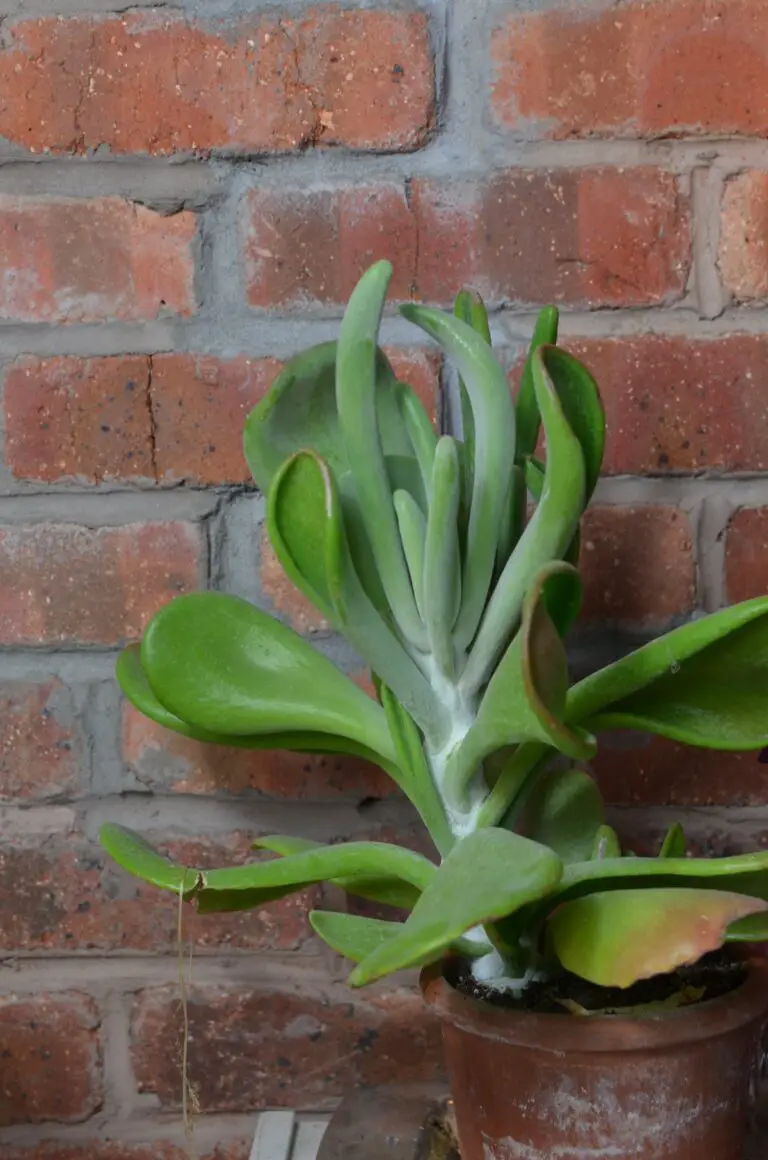
Think of repotting as a spa day for your Crassula. It’s not just about upsizing; it’s about refreshing the nutrient-rich environment that supports their quirky and captivating forms. The best time to repot is during their active growing phase, generally spring or early summer, when they’re preparing to show off their succulent splendor. But how do you know they’re ready for a move? It’s simple: roots peeking out of the drainage hole or a top-heavy posture are telltale signs it’s time to repot.
The art of repotting Crassula begins with choosing the right soil. A well-draining cactus mix is your best bet, paired with a pot that’s the next size up, ensuring room for growth while avoiding an oversized space that could hold excess water and cause soggy roots. Gently free your plant from its current home, teasing out the roots with care and snipping away any that are dead or overly long. Settle your Crassula into its new pot, filling in with soil and giving it a thorough but gentle watering.
But what about potting Crassula for the first time? Whether you are transferring a cutting or a store-bought plant, the steps remain the same. Ensure your potting mix feels like the gritty desert homes these plants adore, and plant with conviction, knowing that your Crassula’s first potting is the foundation of its future growth.
Remember, these stoic plants don’t need constant attention, but they do require the right conditions to flourish. Don’t rush to repot; instead, observe your plants, let them guide you, and when the time comes, pot with precision and care. Your Crassula varieties will reward you with robust health and an endless array of sculptural foliage that captivates all who gaze upon your garden treasure trove.
Common Pests and Problems with Crassula
The Crassula family, with its vast array of succulent treasures, can sometimes fall victim to pesky invaders and environmental hiccups. Despite their hardy attitudes, these succulents are not impervious to certain issues. Let’s dive into the gritty details and learn how to keep your Crassula varieties robust and flourishing.
The Invisible Nibblers: Aphids and Mealybugs
Picture this: a lush Crassula, basking in the sunlight, suddenly becomes the all-you-can-eat buffet for aphids and mealybugs. These tiny insects suck the sap straight from your plant, wreaking havoc at a snail’s pace. Before you know it, they’ve brought in sooty mold and left your succulent sticky and sickly. Quick tip – a simple spray of soapy water or neem oil can bid these uninvited guests farewell.
Fungal Fiascos: The Dreaded Root Rot
Imagine the excitement of nurturing a Crassula, only to find its roots have turned into a mushy mess. Overwatering is the usual suspect here, turning those vital roots into a fungal feast. The trick is balance – only water when the soil is as dry as a desert dune. If root rot has taken hold, prompt repotting and diseased root removal can save the day.
The Crawling Critters: Spider Mites and Scale
Now, let’s spin the tale of the spider mite – microscopic villains weaving webs of destruction. These critters are crafty, causing yellowing leaves and stunted growth before you even spot them. Scale insects also creep onto the scene, armored and ready to drain your Crassula’s vitality. But fear not, for a sharp eye and a dose of insecticidal soap can turn the tides in your favor.
It’s not all doom and gloom, though. With keen observation and a proactive stance, these common Crassula assailants can be vanquished. To illustrate these solutions in action, check out this insightful video on handling succulent care challenges:
${‘‘}
Remember, a healthy Crassula is a happy Crassula. With the right care and a vigilant eye, you’ll keep your succulent collection thriving and free from the grip of common pests and problems. So go ahead, arm yourself with knowledge, and your Crassula varieties will thank you with their radiant beauty.
Showcasing Your Crassula Varieties
Unleashing your inner green thumb doesn’t stop at simply potting and watering your Crassula succulents. The true artistry emerges when you transform these versatile plants into living decor. Let’s dive into the endless possibilities of exhibiting your prized Crassula varieties with style and creativity, perfect for any garden afficionado or indoor plant enthusiast.
Outdoor Succulent Tapestry
Imagine stepping into your garden to be greeted by a mesmerizing patchwork of Crassula varieties. Combine different textures, heights, and colors to compose a living mosaic that thrives with minimal fuss. One popular strategy is to plant a carpet of Crassulas around a garden centerpiece – perhaps a birdbath or a rustic wooden bench, inviting nature’s symphony into your serene retreat. Think about incorporating Crassula ovata with its glossy leaves as a backdrop for the delicate rosettes of Crassula muscosa, and you’ll have a tapestry that captures the imagination.
Indoor Jungle Oasis
Is the outdoor space not on your radar? Fear not, the adaptability of Crassula varieties makes them exemplary candidates for indoor displays. Create your very own botanical sanctuary by arranging these succulents on floating shelves, alongside books and mementos. Or, for a dash of whimsy, why not repurpose a vintage ladder as a multi-tiered plant stand? Position a Crassula arborescens on the top rung for a silvery crown atop this green display. With proper lighting, you can cultivate a verdant oasis that breathes life and freshness into any room.
The Crassula family is ready for their close-up, and what better way to shine a spotlight on these succulent jewels than with an illustrative video? Gain inspiration from this engaging guide that demonstrates the transformation of a space with just a few thoughtfully placed Crassula plants:
Whether you’re designing an outdoor succulent landscape or an indoor sanctuary, remember the essence of showcasing your Crassula varieties is to have fun and let your creativity flourish. As these succulents are low maintenance and adaptable, they can fit into any display concept you conjure up. So go ahead and unleash your inner garden designer—your Crassula collection is a treasure trove of potential waiting to enhance your living spaces, indoors and out.
Incorporating Crassula into Landscape Design
When considering the addition of Crassula varieties to your garden, think beyond the pot on the windowsill. These succulent treasures offer a palette of textures, colors, and forms that can transform the landscape into an artistic display worthy of admiration. With a little creativity and understanding of their potential, these versatile plants will elevate your garden design to the next level.
Capturing Texture with Crassula
Texture in the garden creates depth and interest. Imagine running your hand over a bed of Crassulas; each plant provides a unique tactile experience. The plump leaves of Crassula ovata, commonly known as the jade plant, give a sense of lushness and vitality. Contrast this with the fine, hair-like texture of Crassula muscosa, and you’re well on your way to creating a sensory delight in your garden.
Enhancing Color Palettes
Color can evoke feelings of calm or exhilaration, depending on its use within the landscape. Crassula varieties come in a spectrum of greens, reds, and even variegated patterns. For a dramatic effect, position the crimson edges of Crassula capitella ‘Campfire’ against the grey-green hues of Crassula arborescens to attract the eye and create a striking contrast that speaks of careful consideration and design prowess.
Form: The Structural Element
Each Crassula variety has a distinct form, lending structure and definition to your garden spaces. The towering Crassula ‘Blue Bird’ can serve as a focal point, its height drawing the gaze upward, while the rosette shapes of Crassula ‘Gollum’ provide eye-catching ground cover that guides you along the garden path. Use these natural sculptures to anchor your landscape design, combining them with complementary plants to showcase nature’s architecture.
Embrace the diversity that Crassula offers by intermingling them with other plants to create a garden that’s full of life and variety. For instance, nestle them amongst a rockery to mimic their native environments, or pair them with flowering perennials to set off their subtle hues. The key is to balance harmony with unexpected juxtapositions that spark interest.
Real-life examples of Crassula incorporation are plentiful. One imaginative gardener designed a “Crassula cascade” by planting different varieties along a descending slope, creating the appearance of a verdant waterfall. This innovative approach not only displays the plants beautifully but also demonstrates an understanding of their growth patterns and visual strengths.
For those seeking inspiration on how best to fold these succulent gems into their own gardens, take a moment to watch this insightful video that illustrates the endless possibilities of Crassula in landscape design.
FAQs: Expert Answers to Your Crassula Queries
Welcome to the world of Crassula varieties, where the beauty and diversity of these remarkable succulents can transform any garden into an oasis of calm and color. You’ve got questions, and we’ve got answers! Let’s dive into the common curiosities that plant lovers have about caring for these succulent treasures.
What Are the Best Crassula Varieties for My Garden?
Selecting the right Crassula for your garden depends on a few factors including climate, the amount of sunlight available, and your own personal aesthetic. The classic Crassula ovata, often known as the Jade Plant, is always a hit with its glossy, jade-green leaves and tree-like stature. For those seeking a little drama, the ruffled edges of Crassula ‘Blue Bird’ offer a stunning contrast, while the miniature sizes of Crassula ovata ‘Gollum’ and ‘Hobbit’ are perfect for tight spaces or as intriguing desktop buddies.
How Often Should I Water My Crassula?
The key to Crassula care is understanding their watering needs. Remember, they’re drought-tolerant, so overwatering is a bigger sin than underwatering. An easy tip is to wait until the soil is completely dry, then indulge them with a thorough soaking. Imagine you’re a raincloud after a long drought – that’s the kind of refreshment your Crassula is yearning for!
Here’s a great video that exactly shows how and when to water your Jade Plant:
My Crassula Has Brown Spots – What’s Going On?
Brown spots? Don’t panic just yet! This could be a sign of overwatering. If the spots are soft and the leaves are dropping, it might be time to cut back on the H₂O and let your plant dry out a bit. If the spots are dry or crispy, it could be the opposite issue: get that watering can and quench its thirst! The perfect balance of water will have your Crassula thriving.
Can I Propagate Crassula Easily?
Absolutely! Crassula are one of the dreamboats of propagation. Snip off a healthy leaf or stem, let it callous for a day or two, and then place it in well-draining soil. Keep it warm and slightly moist, and soon you’ll witness the birth of a new plantlet. It’s like a magical leafy phoenix rising from the ashes!
Are Crassula Plants Pet-Friendly?
While many succulents are non-toxic, it’s always best to err on the side of caution. Keep your Crassula out of reach of curious furry friends to prevent any potential nibble mishaps. Plus, your Crassula will thank you for not being a chew toy!
Armed with these expert insights, you’re well on your way to becoming a Crassula connoisseur. Whether you’re marveling at the sight of a prospering Crassula ovata or troubleshooting those perplexing brown spots, remember that every question is a step towards understanding these succulent gems even better.


